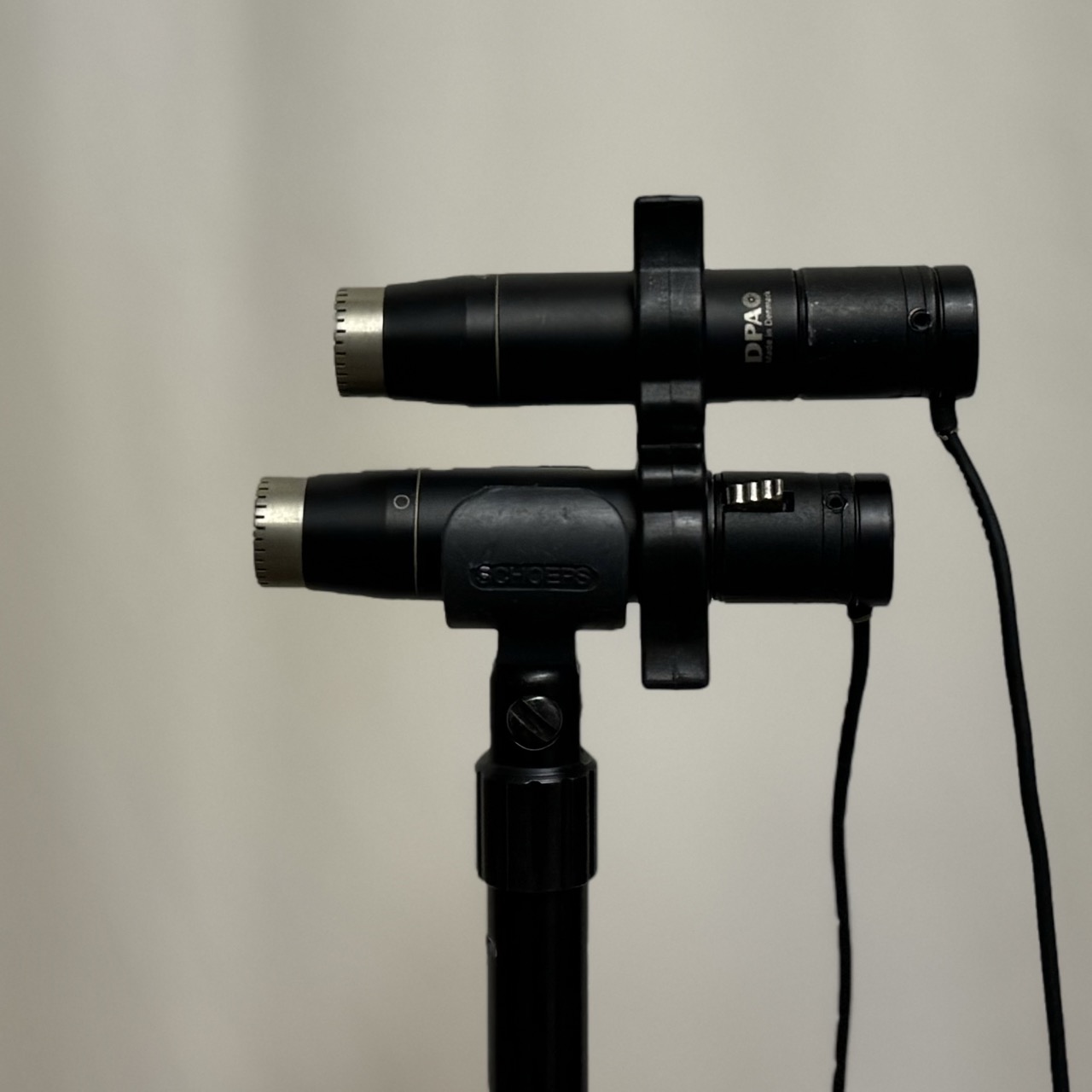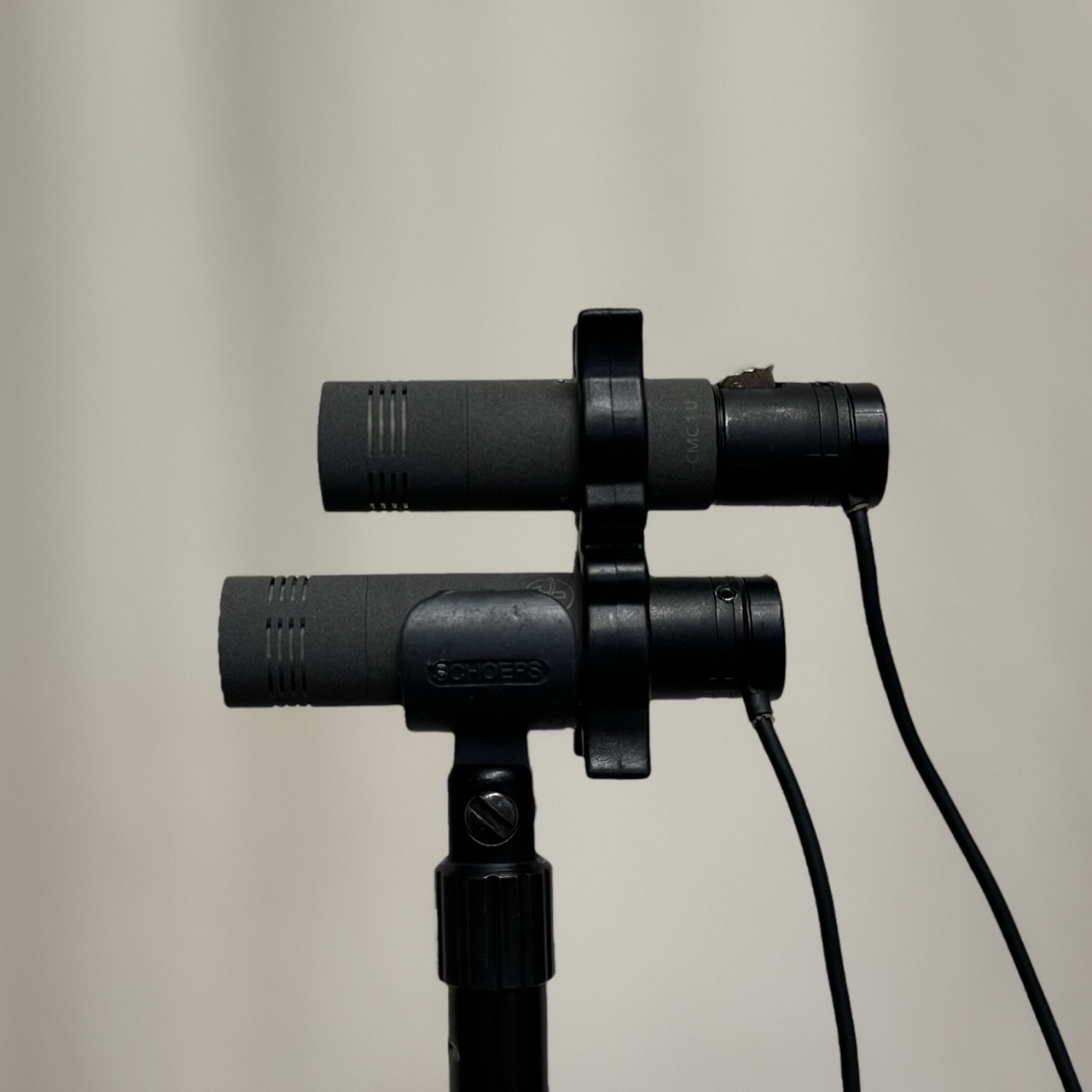Pressure Gradient Microphones, 2nd Order Microphones, Proximity Effect
Pressure gradient microphones measure the difference of air pressure between the two sides of the diaphragm. Depending on the angle of incidence, sound from a source will arrive at the two sides at different times. Because it is the same diaphragm, there will be an interference. Due to the delay between the two signals, we will see a heavy combfilter
The pure pressure gradient microphone shows a polar pattern of the figure eight. With an additional delay of one of the electrical signals it is possible to achieve cardioidal patterns (super card., card., wide card. etc.)
 It is possible to simulate this with two omni directional (pressure) microphones, that are mounted slightly shifted. The shift makes the physical delay. And the signal of one of the microphones can be delayed, phase inverted and then mixed with the other. That way it is possible to create any directional pattern in post.
It is possible to simulate this with two omni directional (pressure) microphones, that are mounted slightly shifted. The shift makes the physical delay. And the signal of one of the microphones can be delayed, phase inverted and then mixed with the other. That way it is possible to create any directional pattern in post.
Also this virtually created pressure gradient microphone will show a proximity effect
The resulting virtual mic is one order higher 
There is one limitation. This works only in the horizontal plane of the microphones. This construction will not help to attenuate diffuse (room) sound.
| Model/Pattern of the two mics: | |
| Shift of 2nd mic | |
| Delay of mic Granularity | |
| Distance of sound | |
| Presets |
Signal has to be amplified by .
